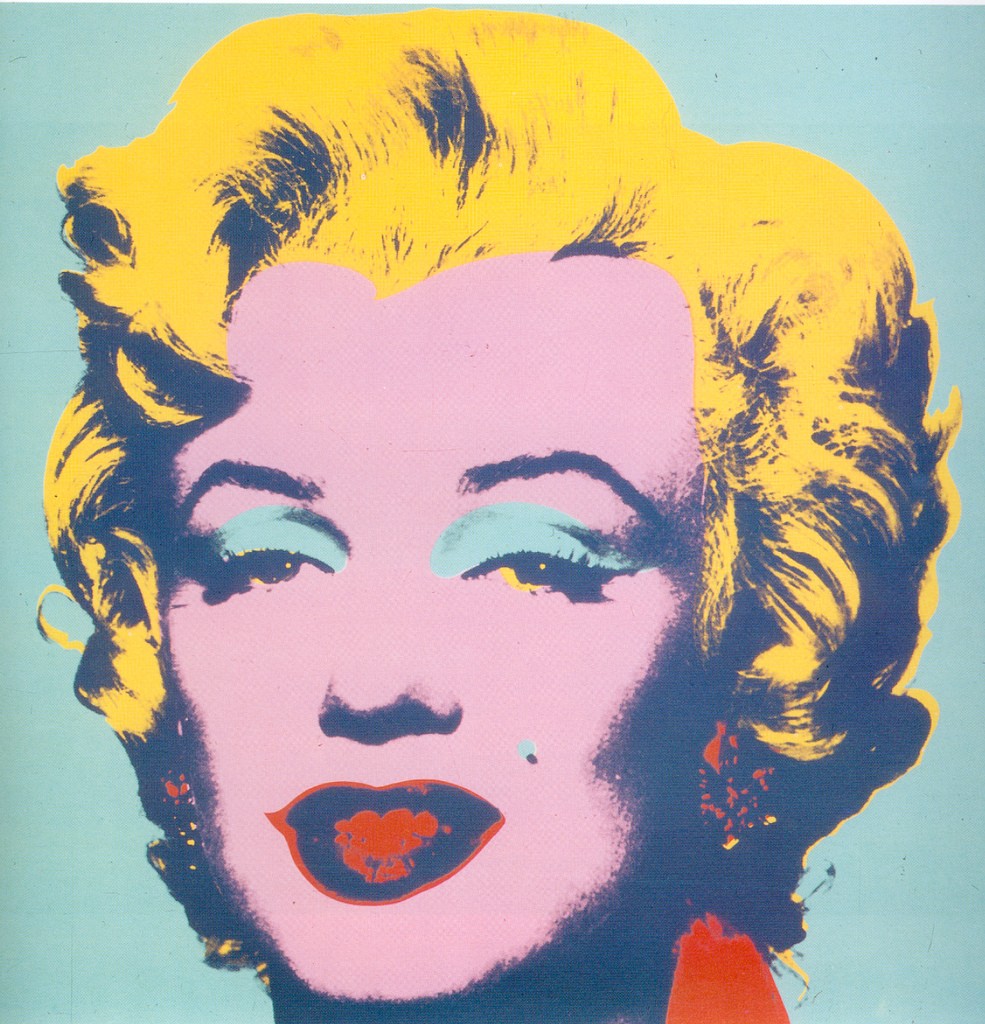ART NOUVEAU
History
This was an art movement that was done in the fields of art and architecture around the 18th and 19th century. Art Nouveau means "New Style" and its characteristics are plant motifs, stylised and organic forms. In relation to graphic design, it got its popularity in through artistic posters, and book production.
It was also used for different types of arts like advertisements, typography among others that was heavily decorated for displaying work (Design is history, 2010).
Main artists involved in this movement were Alphonse Mucha, Aubrey Beardsley, Gustva Klimt among others (Artcyclopedia, 2015).Characteristics for this movement
-The use of a long, sinuous, organic line and was mostly used in architecture, jewelry, interior design, posters and glass design, and illustration.
- There were use of asymmetrical line often making forms of flower stalks, vine tendrils, insect wings among others. The line would be infused with a whiplike force done rhythmically (Encyclopædia Britannica, 2017).
HISTORICAL PAINTING
- There were use of asymmetrical line often making forms of flower stalks, vine tendrils, insect wings among others. The line would be infused with a whiplike force done rhythmically (Encyclopædia Britannica, 2017).
HISTORICAL PAINTING
 |
| Add caption |
Sources consulted
Design is history, 2010. Art Nouveau. Online Available at:http://www.designishistory.com/1850/art-nouveau/
Accessed on 05/02/2017
Artcyclopedia, 2015. Arts by movement: Art Nouveau. Online Available at:
http://www.artcyclopedia.com/history/art-nouveau.html
Accessed on 05/02/2017
The Art Story, Art Nouveau. Online. Available at
http://www.theartstory.org/movement-art-nouveau.htm
Accessed on 05/02/2017Encyclopædia Britannica, Art Nouveau. Online. Available at
https://www.britannica.com/art/Art-Nouveau
Accessed on 05/02/2017
Study.com, Gustav Klimt's Tree of Life, Stoclet Frieze: Meaning & Painting. Online. Available at
https://www.britannica.com/art/Art-Nouveau
Accessed on 05/02/2017
Gustav Klimt.com, The Tree of Life, 1905 by Gustav Klimt. Online. Available at
https://www.gustav-klimt.com/The-Tree-Of-Life.jsp
Accessed on 05/02/2017
Devian Art, Iron Man by Design: Art Nouveau . Online. Available at
https://johntylerchristopher.deviantart.com/art/IronMan-by-Design-Art-Nouveau-154822365
Accessed on 05/02/2017






